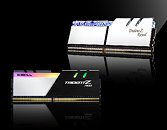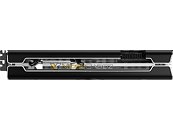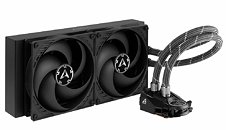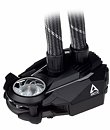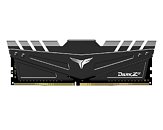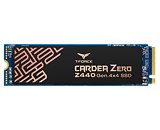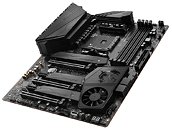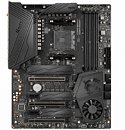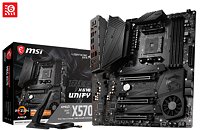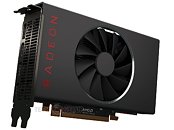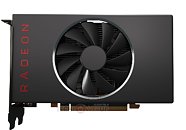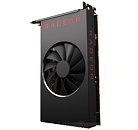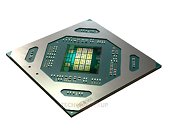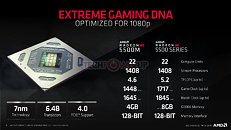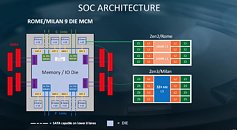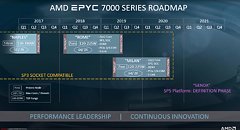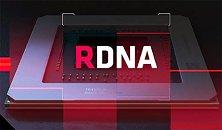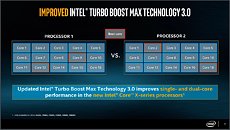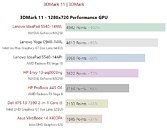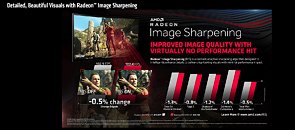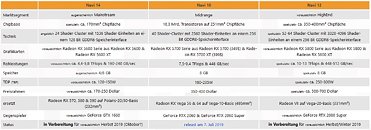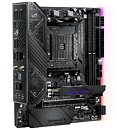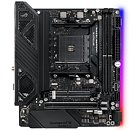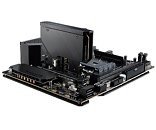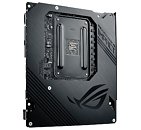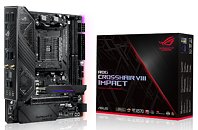Star Wars Jedi: Fallen Order System Requirements Outed
The upcoming single-player Star Wars Jedi: Fallen order will be a tall calling for Respawn. Few franchises are as loved as Star Wars, and this one will definitely leave a mark in the company's legacy. It's unlikely EA will "pull an EA" on the studio even if it flops, though: Apex Legends remains an incredibly successful release form Respawn Entertainment, and it should be enough to hold EA's reins - at least for a while.
The system requirements for the highly-awaited, story-driven single-player game have been outed, and they're in the usual side of things. Minimum requirements call for an AMD FX-6100 or an Intel Core i3-3220, paired with 8 GB of RAM and an AMD Radeon HD 7750 or NVIDIA GeForce GTX 650 - alongside 65 GB of storage. The recommended specs are relatively standard as well, and nothing to throw users in an upgrade fit... We're looking at an AMD AMD Ryzen 7 1700 or an Intel i7-6700K, 16 GB of system RAM, An AMD RX Vega 56 or NVIDIA GTX 1070 graphics cards. Star Wars Jedi: Fallen Order drops on November 15th.
The system requirements for the highly-awaited, story-driven single-player game have been outed, and they're in the usual side of things. Minimum requirements call for an AMD FX-6100 or an Intel Core i3-3220, paired with 8 GB of RAM and an AMD Radeon HD 7750 or NVIDIA GeForce GTX 650 - alongside 65 GB of storage. The recommended specs are relatively standard as well, and nothing to throw users in an upgrade fit... We're looking at an AMD AMD Ryzen 7 1700 or an Intel i7-6700K, 16 GB of system RAM, An AMD RX Vega 56 or NVIDIA GTX 1070 graphics cards. Star Wars Jedi: Fallen Order drops on November 15th.




